Wall Oven Venting
rjuliano
11 years ago
Related Stories
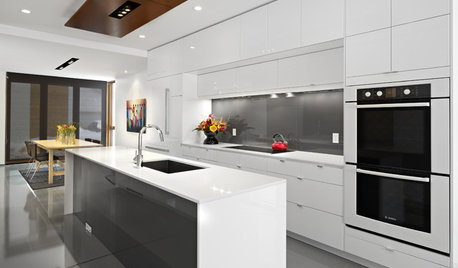
KITCHEN APPLIANCESFind the Right Oven Arrangement for Your Kitchen
Have all the options for ovens, with or without cooktops and drawers, left you steamed? This guide will help you simmer down
Full Story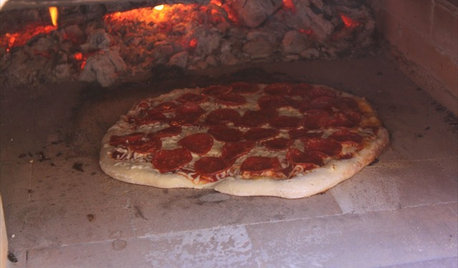
GREAT HOME PROJECTSHow to Get a Pizza Oven for the Patio
New project for a new year: Light a fire under plans for an outdoor oven and claim the best pizza in town
Full Story
HOUSEKEEPINGHow to Clean Your Range and Oven
Experts serve up advice on caring for these kitchen appliances, which work extra hard during the holidays
Full Story
KITCHEN DESIGNA Cook’s 6 Tips for Buying Kitchen Appliances
An avid home chef answers tricky questions about choosing the right oven, stovetop, vent hood and more
Full Story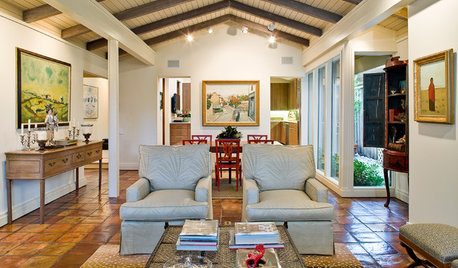
REMODELING GUIDESBanish Gizmo Blemishes on Your Walls
Unsightly switches, vents and outlets can ruin your interior design's clear complexion. Keep the look pure with an architect's tips
Full Story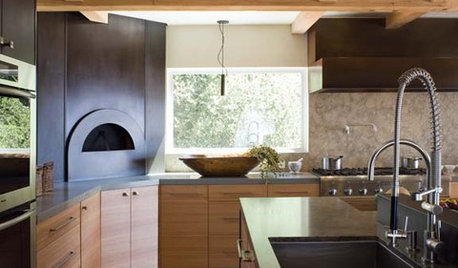
KITCHEN DESIGNKitchen Luxuries: The Wood-Fired Pizza Oven
If you love homemade pizza and are (ahem) rolling in dough, a wood-burning oven may be just the right kitchen investment
Full Story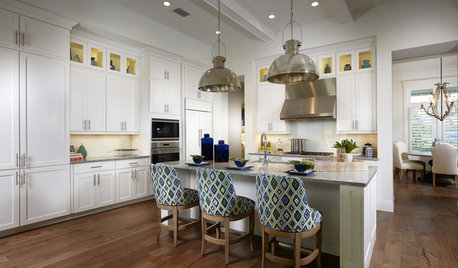
SHOP HOUZZShop Houzz: Large Kitchen Appliance Sale
Save up to 25% on modern ovens, ranges, cooktops, hoods, vents and more
Full Story0
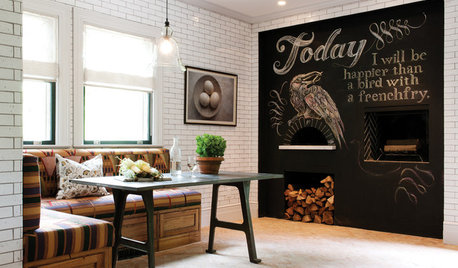
KITCHEN DESIGNKitchen of the Week: Chestnut and an Open Fire in Connecticut
Antique chestnut boards give a kitchen with a wood-burning oven vintage flair, balancing its modern amenities
Full Story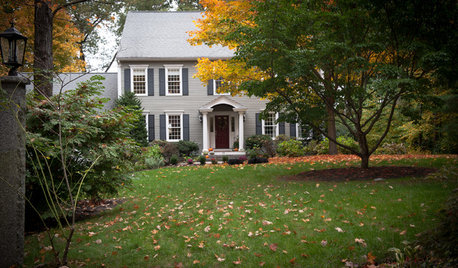
HOUZZ TOURSMy Houzz: Easygoing Elegance for a Massachusetts Saltbox
With beers on tap, a pizza oven and a guitar collection, this home mixes classic with generous doses of fun
Full Story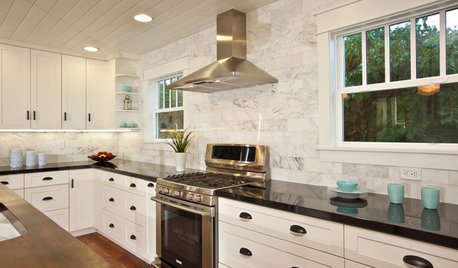
KITCHEN DESIGNHow to Pick Your Important Kitchen Appliances
Find the ideal oven, refrigerator, range and more without going nutty — these resources help you sort through your the appliance options
Full StoryMore Discussions








sushipup1
weedmeister
Related Professionals
Arcadia Kitchen & Bathroom Designers · Commerce City Kitchen & Bathroom Designers · Federal Heights Kitchen & Bathroom Designers · Northbrook Kitchen & Bathroom Designers · Portland Kitchen & Bathroom Designers · Cloverly Kitchen & Bathroom Remodelers · Boca Raton Kitchen & Bathroom Remodelers · Deerfield Beach Kitchen & Bathroom Remodelers · Green Bay Kitchen & Bathroom Remodelers · Lincoln Kitchen & Bathroom Remodelers · Crestline Cabinets & Cabinetry · Jefferson Valley-Yorktown Cabinets & Cabinetry · South Riding Cabinets & Cabinetry · Milford Plumbers · Harmony PlumbersPeterH2
kaseki
rjulianoOriginal Author
rjulianoOriginal Author
sushipup1
kaseki
PeterH2
billy_g
shannonaz
Susanlave
shannonaz